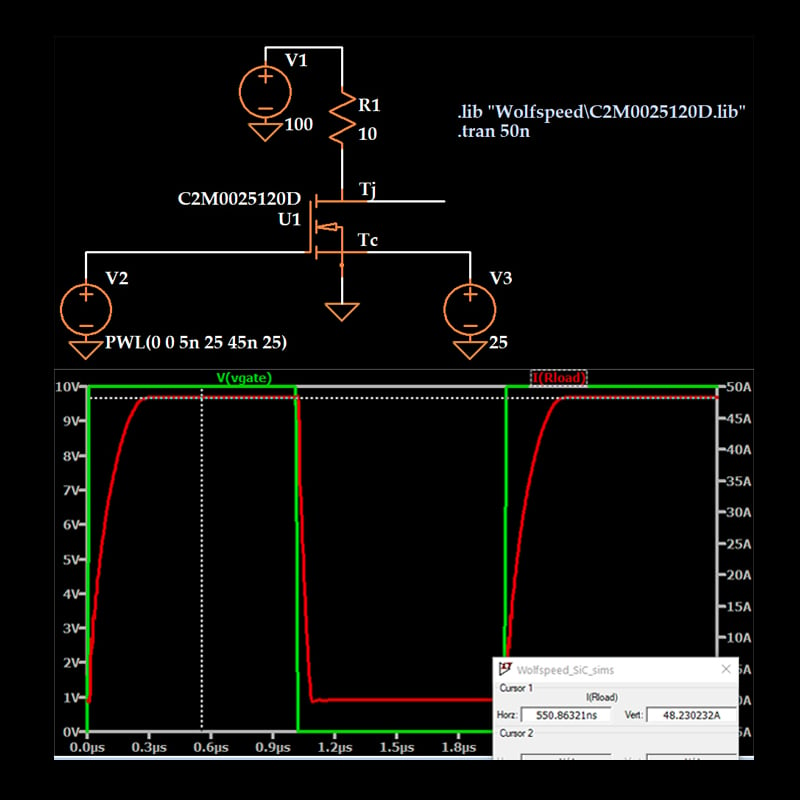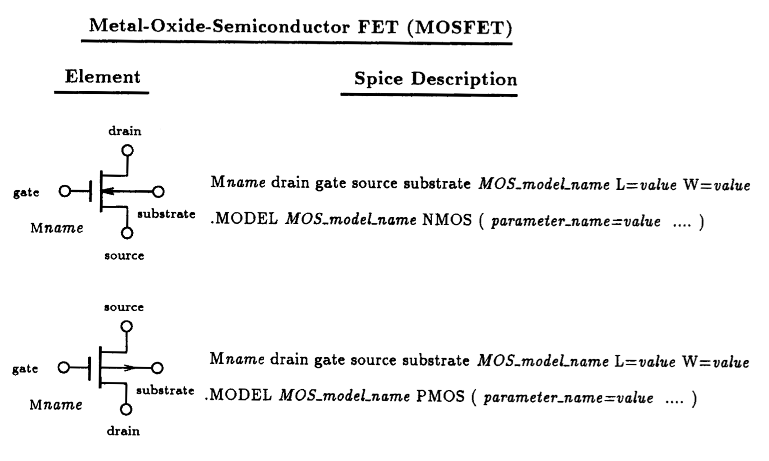My LTspice MOSFET Experiment Journey
So I kept hearing folks online rave about LTspice for simulating circuits. Free, powerful, stuff like that. Especially for MOSFETs, since they’re everywhere now. Honestly? I was skeptical. Free tools always got some catch, right? But hey, I had this basic buck converter circuit bugging me – a MOSFET switch kept acting funny when hot in the real world. I figured, “Alright, screw it, let’s actually try LTspice myself.” Time to see if the hype’s real.

First step: download and install. Surprisingly painless, actually, just like grabbing any normal app. Opened it up, and yeah… felt kinda old school. Reminded me of early Windows software. Not exactly Instagram-pretty. But whatever, function over form, I thought.
Now, the real work. Needed to build my buck converter. Had to:
- Hunt down the parts. Found the main power MOSFET in their library pretty quick (some Infineon model, lucky!). But the driver IC? Nope. Scrolled forever. Ended up just using a generic voltage source and logic gate to fake the driver behavior. Kinda annoying, had to make assumptions.
- Drag and drop. Placing components felt a bit clunky. Drawing wires? Yeah, you gotta be precise with those clicks. Misplaced a wire once, whole sim went haywire. Took me a minute to spot that tiny gap.
- Set parameters. Found the MOSFET model parameters buried in some right-click menu. Okay, Rds(on) I could find… but things like gate charge curves? Forget it. Seems you mostly get the basic electrical stuff.
Finally hit that run button. BAM! Pretty fast simulation. Saw the voltage and current waveforms pop up. Zoomed in on the MOSFET switching edge. Cool, could see the turn-on delay, the rise time. Now, here’s the big reason I wanted LTspice: thermal effects. My real MOSFET was cooking. So I set up a simple thermal model, linking the power dissipation inside the MOSFET to a “thermal capacitor” and “resistor”… basic but better than nothing. Ran another sim, ramping up the temperature.
Pro Time! LTspice absolutely nailed the speed. Simulating nanoseconds of switching behavior? Blazing fast. Checking ringing, voltage spikes? Super helpful. Getting a quick feel for how the circuit might behave before frying parts? Huge win. Being free? Obvious massive plus.
But, here’s where it got kinda frustrating:

- Real MOSFET Models? Mostly basic stuff. Finding that exact MOSFET I burned in the lab? Fat chance. The model I found didn’t perfectly match the gate threshold voltage shift I measured when hot. Close, but not perfect. Limited thermal details too.
- Library Gaps. That missing driver IC meant my driver behavior was idealized. Real drivers have quirks that affect MOSFET switching hard! LTspice couldn’t capture that unless I built an insanely complex model myself.
- Interface Quirks. Sometimes saving plots felt weird. Setting up complex measurements? More clicks than needed. Fine once you know, but learning curve is real.
- Advanced Thermal/Power? My little RC thermal model is simplistic. For serious thermal analysis or stress calculations? LTspice is kinda winging it.
Bottom line? After banging my head against it for an afternoon, LTspice is brilliant for quick ‘n dirty checks. Wanna see if your MOSFET blows up instantly due to voltage spikes? Fantastic. Need to tweak a gate resistor value to dampen ringing? Perfect job for LTspice. Getting a feel for switching waveforms? Super valuable.
But! If you need super accurate thermal predictions, or detailed stress analysis over time, or must use that exact obscure MOSFET model with all its quirks… well, LTspice starts showing its limits. Might need a pricier, fancier simulator tool for those headaches. For my basic overheating suspicion? It pointed me in the right direction by showing how temperature affected turn-on in a simplified way, and it caught a nasty voltage spike I hadn’t fully accounted for. That alone made the download worth it. Just go in knowing it’s a really powerful, slightly clunky, free wrench – great for many jobs, but maybe not the only tool you need.

